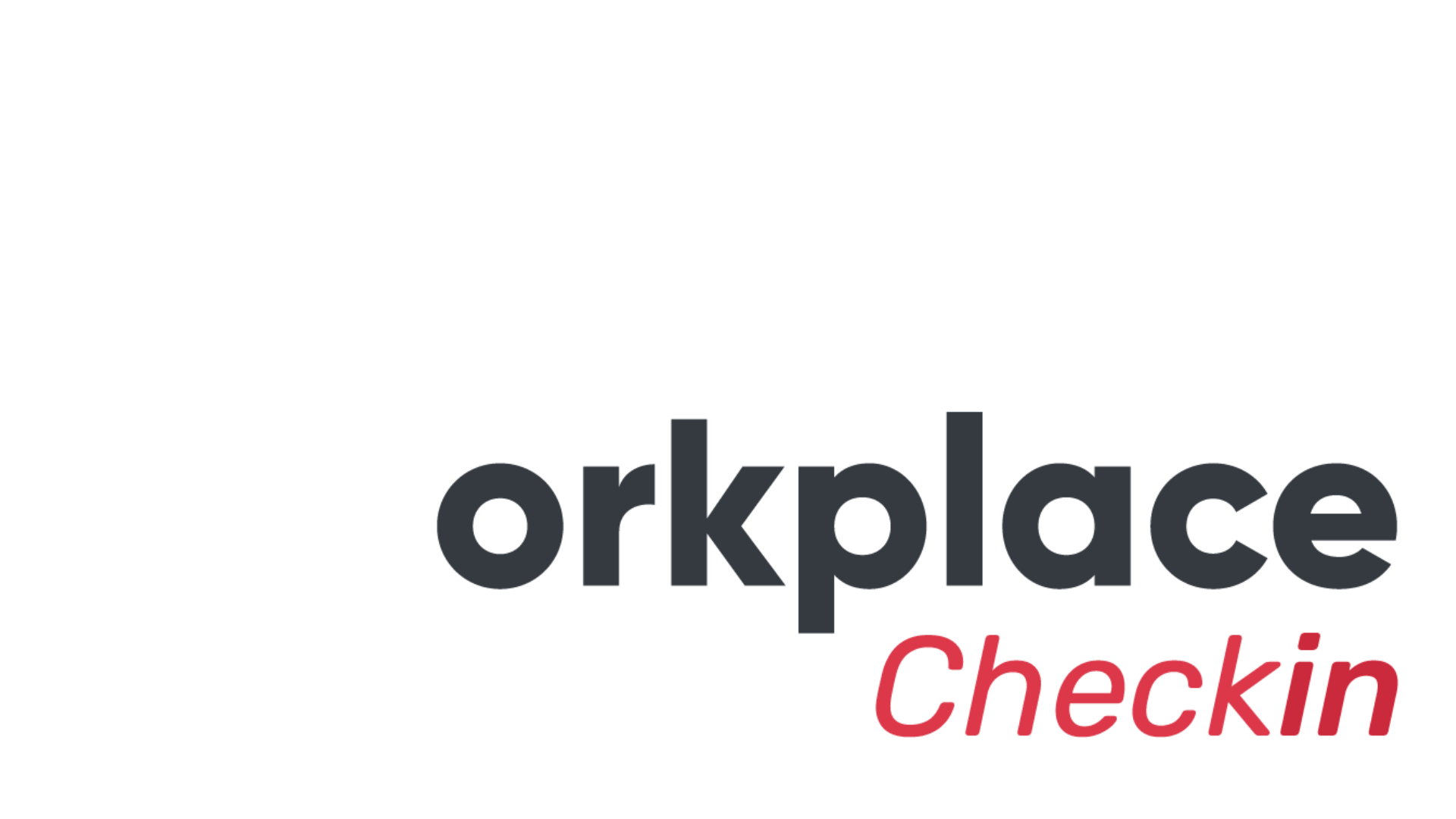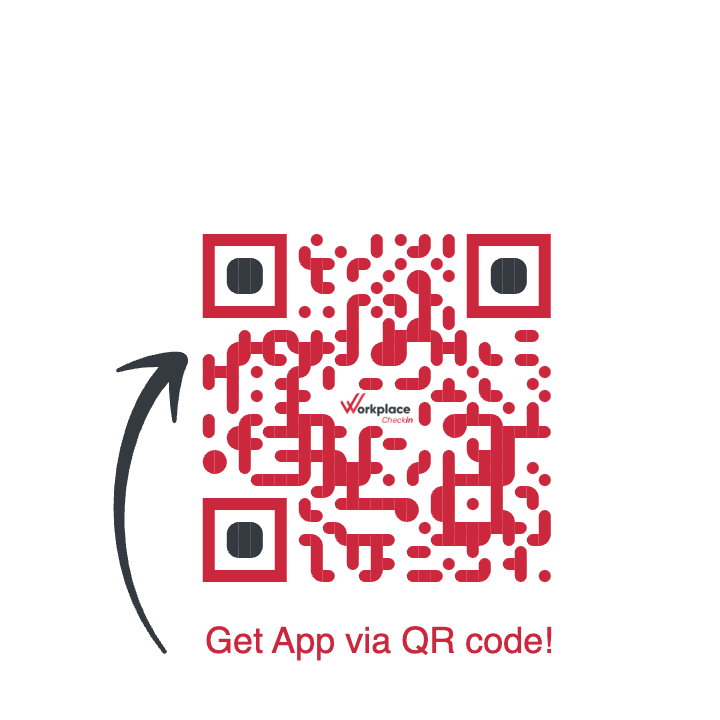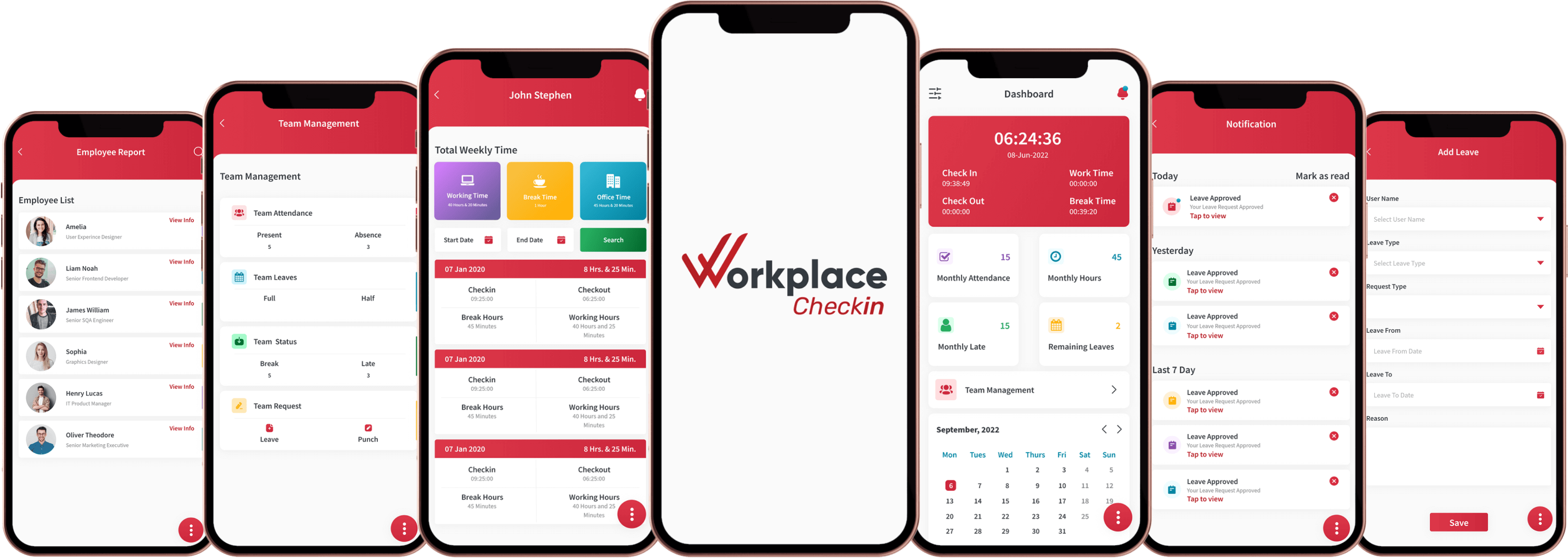

The Evolution of HR Databases: Past, Present, and Future Trends
Introduction:
Setting the Stage: A Dynamic Shift in Human Resource Management
The arena of Human Resource Management has witnessed a seismic shift over the years, and at the epicenter of this transformation stands the evolution of HR databases. In the introductory section of our journey, we will contextualize the profound impact that HR databases have had on the very fabric of how organizations manage their most valuable asset – their people.
Unveiling the Pivotal Role of HR Databases
As we embark on this exploration, it is crucial to understand the pivotal role that HR databases play in the intricate dance of human resource management. No longer confined to mere record-keeping, these databases have emerged as dynamic tools that shape recruitment strategies, talent development initiatives, and overall organizational culture.
A Glimpse into the Historical Tapestry
Delving into the historical tapestry, we'll unravel the early threads that wove the narrative of HR databases. From the days of manual record-keeping to the present era of sophisticated digital systems, understanding the roots will provide us with a profound appreciation for the journey ahead.
Navigating Objectives: A Tripartite Quest for Understanding
Three overarching objectives fuel our expedition into the evolution of HR databases. Each objective serves as a compass, guiding us through HR technology's historical, current, and future landscapes.
Tracing the Arc of History
The first objective is to trace the arc of history, unveiling the early stages of HR databases and the challenges they sought to address. By understanding the historical context, we can appreciate the leaps and bounds that have propelled us into the digital age.
Decoding Current Trends
The second objective involves decoding the current trends that shape the realm of HR databases. From cloud-based solutions to the integration of artificial intelligence, we will dissect the technological fabric that envelops modern HR systems.
Peering into the Crystal Ball: Future Innovations
The third and final objective is to peer into the crystal ball of future innovations. What lies ahead in the landscape of HR databases? By exploring emerging technologies and predictions, we aim to equip HR professionals with insights to shape their strategic planning.
With these objectives firmly in place, our journey through the evolution of HR databases promises to be a comprehensive expedition, providing a holistic understanding of HR technology's past, present, and future. Join us as we unravel the layers of time and technology, uncovering the secrets that have molded the very essence of human resource management.
From Manual to Digital: A Historical Overview
Early HR Record-Keeping Methods
The annals of HR history are adorned with the simplicity and challenges of manual record-keeping. In the infancy of human resource management, HR professionals navigated the labyrinth of paperwork, relying on handwritten records and filing cabinets. This section will immerse us in the tangible struggles and triumphs of the pre-digital era, where the meticulous nature of HR tasks required a manual touch.
The Paper Trail of Personnel: Manual Records Unveiled
Picture an era when HR departments were bustling with the rustling of paper. Employee records, job applications, and performance evaluations found their home in meticulously organized files. We'll explore the intricacies of maintaining these tangible records, shedding light on the challenges posed by limited storage, susceptibility to loss, and the sheer labor intensity of manual data entry.
The Challenges of Manual HR Databases
As we delve deeper, it becomes evident that the manual approach, while sincere, was not without its pitfalls. The potential for errors, the time-consuming nature of data retrieval, and the sheer volume of paperwork posed formidable challenges. It was a world where efficiency battled with paperwork, laying the foundation for the inevitable shift toward digital solutions.
Advent of Digital HR Databases
The transition from manual record-keeping to the digital realm marked a watershed moment in the history of HR management. This section will illuminate the pivotal steps taken as organizations recognized the need for a more streamlined and efficient approach to managing their workforce data.
Dawn of Computerized Databases
The advent of computerized databases heralded a new era. With the introduction of early computing technologies, HR professionals shifted from paper to pixels. This shift brought with it the promise of increased efficiency and the potential to handle larger volumes of data. We'll explore the initial challenges faced during this transition and how organizations embraced the dawn of the digital age.
Digitalization Gains Momentum
The momentum towards digitalization gathered pace as dedicated HR software emerged. No longer confined to generic databases, organizations started adopting specialized software tailored to the unique needs of human resource management. This marked a paradigm shift, where the digital canvas allowed for more nuanced and strategic HR practices.

Evolution of HR Database Software
The evolution of HR database software signifies a transformative phase where technology has become a dedicated ally of HR professionals. In this section, we'll unravel the layers of progress, from the rudimentary digital systems to the sophisticated software solutions that empower HR departments today.
Emergence of Dedicated HR Software
Dedicated HR software solutions began to take center stage, offering a range of functionalities from employee record management to payroll processing. This evolution introduced a more systematic and integrated approach to HR processes, streamlining once labor-intensive tasks.
Improvements in User Interfaces and Data Accessibility
The user interfaces of HR databases underwent significant improvements, enhancing the accessibility and usability for HR professionals. The transition from complex interfaces to intuitive designs marked a turning point, making HR databases more user-friendly and facilitating widespread adoption within organizations.
Impact of Digitalization on HR Processes
With digitalization, HR processes underwent a metamorphosis, transcending the limitations of manual systems. This section will dissect the profound impact of digital HR databases on organizational efficiency, accuracy, and the overall landscape of human resource management.
Efficiency Gains and Time-Saving Benefits
Digital HR databases brought forth efficiency gains that transformed the speed and precision of HR tasks. From recruitment to employee onboarding, automated processes ushered in an era where HR professionals could redirect their focus from routine administrative tasks to more strategic initiatives.
Enhanced Data Accuracy and Security Measures
One of the critical advantages of digital HR databases is the enhancement of data accuracy and security. The shift to digital systems reduced the risk of human errors associated with manual data entry and introduced robust security measures to safeguard sensitive employee information.
As we journey through this historical overview, we witness the metamorphosis of HR databases from manual relics to digital powerhouses. The chapters of this evolution tell a tale of innovation, challenges, and the relentless pursuit of efficiency in managing the lifeblood of organizations – their human capital.
Current Trends in HR Database Systems
Transition to Cloud-Based Solutions
In the contemporary landscape of HR database systems, a significant paradigm shift is occurring with the widespread adoption of cloud-based solutions. This section will delve into the transformative impact of cloud computing on HR management, exploring the advantages, challenges, and evolving dynamics of HR databases in the cloud.
The Rise of Cloud Computing in HR Databases
Cloud computing has emerged as a game-changer, offering unparalleled flexibility and scalability for HR databases. We'll explore how this shift from on premise solutions to cloud-based platforms have revolutionized data storage, accessibility, and collaboration within HR departments.
Advantages and Challenges of Cloud-Based HR Systems
Unpacking the advantages of cloud-based HR systems, we'll discuss seamless remote access, cost-effectiveness, and the ability to scale resources based on organizational needs. Simultaneously, we'll address the challenges, including data security concerns and the importance of selecting the right cloud service providers to ensure a smooth transition.
Integration of Artificial Intelligence (AI)
Artificial Intelligence is weaving its way into the fabric of HR database systems, ushering in a new era of automation and intelligent decision-making. This section will illuminate how AI is reshaping HR processes, from recruitment to employee engagement, and the implications of this technological integration.
AI's Role in Automating HR Tasks
AI is not just a buzzword; it's a transformative force in HR. We'll dissect the tasks within HR processes that AI is automating, such as resume screening, candidate matching, and employee performance analysis. The result is a more streamlined and efficient HR workflow.
Examples of AI Integration in HR Database Systems
Concrete examples will illustrate how AI is integrated into HR database systems. This may include AI-driven chatbots for employee queries, predictive analytics for talent management, and machine learning algorithms that continuously adapt to the organization's evolving needs.
Mobile Accessibility and Remote Work
The modern workforce is increasingly mobile, and HR database systems are adapting to this shift in work dynamics. This section will explore the importance of mobile accessibility, its impact on employee engagement, and how HR professionals leverage mobile-friendly solutions to cater to a dispersed and remote workforce.
The Importance of Mobile-Friendly HR Databases
With smartphones becoming ubiquitous, HR databases must be accessible on the go. We'll discuss the significance of mobile-friendly interfaces, responsive designs, and mobile applications empowering employees and HR professionals.
Adapting to the Remote Work Trend
The rise of remote work has accelerated the need for HR databases to support flexible work arrangements. We'll delve into how HR systems adapt to remote work trends, facilitate virtual onboarding, perform management, and maintain employee engagement across geographically dispersed teams.
Data Analytics and Predictive Insights
Data is not just information; it's a strategic asset. This section will unravel how HR databases are evolving to leverage data analytics and predictive insights, providing HR professionals with the tools to make informed decisions and forecast future workforce trends.
Utilizing Data Analytics for Informed Decision-Making
We'll explore how HR professionals harness the power of data analytics to gain actionable insights into employee performance, engagement levels, and overall workforce dynamics. The shift from reactive to proactive decision-making is a hallmark of this data-driven approach.
Future Innovations and Predictions
Blockchain Technology in HR Databases
The future of HR databases holds the promise of enhanced security and transparency through the integration of blockchain technology. In this section, we'll explore the potential applications of blockchain in HR databases, addressing data security and privacy concerns.
Exploring the Potential of Blockchain for Data Security
Blockchain's decentralized and tamper-resistant nature brings a new level of security to HR databases. We'll delve into how blockchain can safeguard sensitive employee data, prevent unauthorized access, and build trust in HR processes.
Implications for HR Data Management
The implications of incorporating blockchain in HR data management are far-reaching. We'll discuss how this technology can streamline verification processes, secure employee credentials, and create an immutable record of transactions, fostering a new era of trust and integrity in HR practices.
Virtual Reality (VR) and Augmented Reality (AR)
As we peer into the future, integrating Virtual Reality (VR) and Augmented Reality (AR) into HR databases emerges as a visionary concept. This section will unravel the innovative applications of VR and AR in HR, ranging from immersive employee training experiences to creating virtual workplaces.
Innovations in Employee Training and Onboarding
Imagine a future where employee training transcends traditional methods. We'll explore how VR and AR technologies can create immersive training environments, enabling employees to acquire new skills in a simulated yet realistic setting.
VR/AR Applications in Virtual Workplaces
The concept of a virtual workplace becomes tangible as we examine how VR and AR can facilitate remote collaboration, virtual meetings, and shared workspaces. The potential for enhancing team dynamics and fostering a sense of presence in a digital environment will be discussed.
Continued Evolution of AI in HR
Artificial Intelligence continues to evolve, and its trajectory in HR databases promises even greater sophistication. This section will delve into the anticipated advancements in AI, addressing ethical considerations and potential challenges in its continued integration into HR processes.
Enhanced AI Capabilities and Their Impact on HR Functions
AI is poised to evolve beyond its current capabilities, influencing HR functions in novel ways. We'll discuss how advanced AI algorithms may revolutionize recruitment, employee performance assessments, and personalized employee experiences.
Ethical Considerations and Challenges in AI-Driven HR
Ethical considerations take center stage as AI becomes more integral to HR databases. We'll explore the potential ethical challenges, such as bias in AI algorithms and concerns about employee privacy while emphasizing the importance of responsible AI implementation.
In this glimpse into the future, the convergence of blockchain, VR, AR, and AI paints a picture of a dynamic HR landscape. These innovations hold the potential to reshape how organizations manage their workforce, from ensuring data integrity to creating immersive and inclusive virtual work environments. As we navigate these uncharted territories, we must remain vigilant, embracing these innovations with a keen eye on ethical considerations and a commitment to enhancing the overall employee experience. The future of HR databases is not just about technology; it's about reimagining the future of work.






